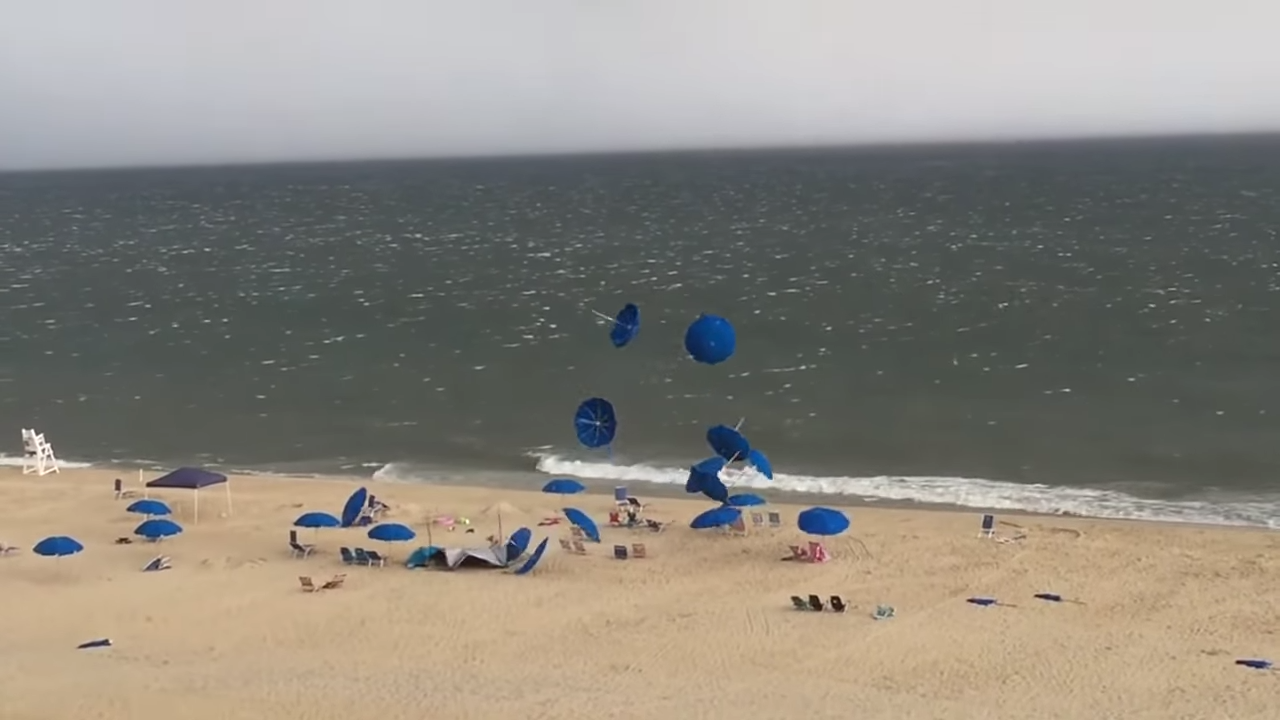“Man I really need to get a trolley for this!” Its funny how this thought only enters your head as you are trying to get these awkward, bulky behemoths out of the boot every stall day. You’ve filled them up with sand like the pimple faced guy at the hardware store told you to but now they weigh a tonne and they keep pinching your fingers every-time you try to put them down. With them weighing 15kg each and without that trolley you’ve got to manually lug them up to the stall one at a time. This wouldn’t be as much of a problem if you were able to park beside the stall to unload but this new show has a no vehicles policy due to public liability issues and you have to park 100m away. That’s 100m each way! That’s 200m each way carrying 15 kg for half of it. For 8 weights that’s 1.6 km with a 15 kg weight attached for half of it. You also realise solemnly that you have to do it twice because you’ve got to pack up again later! Who needs a personal trainer with these bad boys!
As you walk past the other stallholders making the same painful trips (not quite as bad for most as they have invested in a trolley. D’Oh!) you start to notice a lot of them lined up and chatting at the tap. Curious you try to catch a few words to garner some local knowledge as there must be an easier way to do this. They seem to be discussing their stall setups and the word they keep repeating is “WindGuardian”.
After you have lugged all of your weights, stock and signage to the stall and got setup for the day you find yourself ready a few minutes early so you decide to take a walk around, grab a coffee and look at other various stalls to see if you can find out what these WindGuardians are. You don’t have to walk too far to find the answer. Two stalls up from your stall, you find Davo the fishing tackle guy who knows exactly what WindGuardians are as he has them attached to his gazebo! Davo is more than happy to give you a run through on how they work.
Rather than a solid knuckle busting Olympic size weight at each corner Davo has a large plastic foot attached to each leg of his canopy and two waterproof canvas bags filled with water sitting on top. All he had to do was fit the lightweight plate to the leg, unroll the lightweight waterproof bag, walk 10 metres to the tap and fill it up with 10 litres of water. In fact he tells you that if it is a very calm day he doesn’t even bother to fill the bag completely! He also tells you that at pack up time he simply unclips the bags and lets them fall over in the gutter and the water rushes out. He even tells you that have holes in the corner for big tent pegs so they work on the grass as well. Simples! Impressed you set out to find out more about this amazing new system…and to buy a bloody big trolley!


